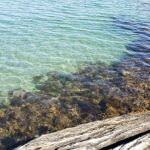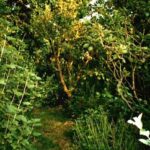Chemistry vs. bacteria, # 13. November 1921 and September 1928
The story of the discovery of penicillin by Alexander Fleming is well-known. On returning from a holiday on September 3, 1928, he remarks that in a petri dish with a bacterial culture (staphylococci) there is an area without any bacterial … Read more


